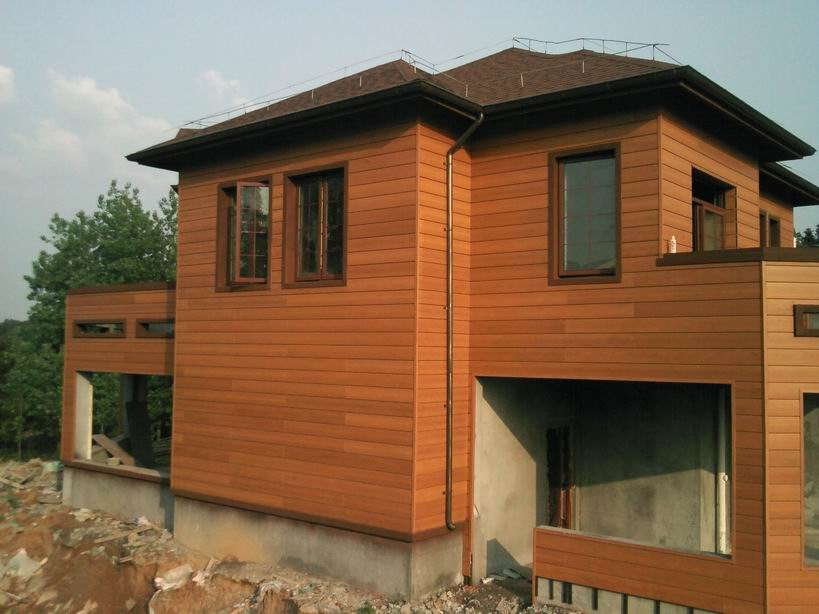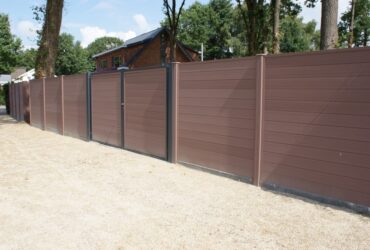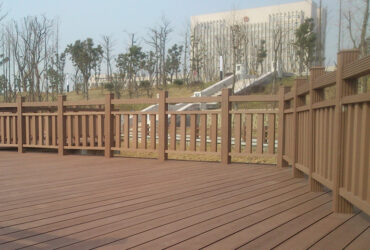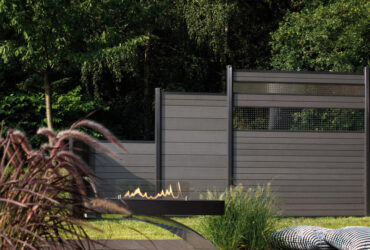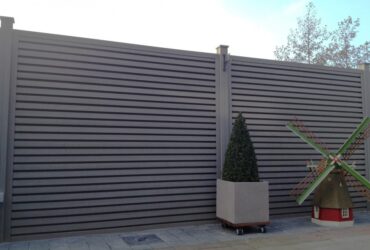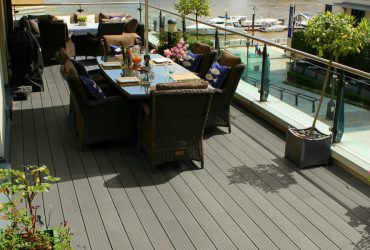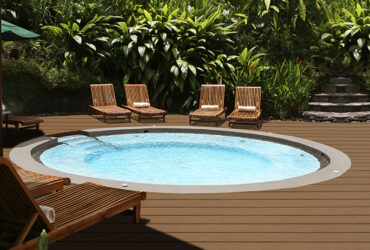Effective Application Of Wood-plastic Composite Materials In Landscape Planning
Harmony of color and texture
In landscape planning and design, combined with the characteristics of wood-plastic composite materials, one of the most important aspects is the use of color and texture to achieve unity and change through design techniques. Unify the main color of the whole, match the color of the same color, combine the changing patterns and changing textures, bring people a comfortable spiritual feeling, make the landscape and the natural environment harmonize, complement each other, and serve the human society together.
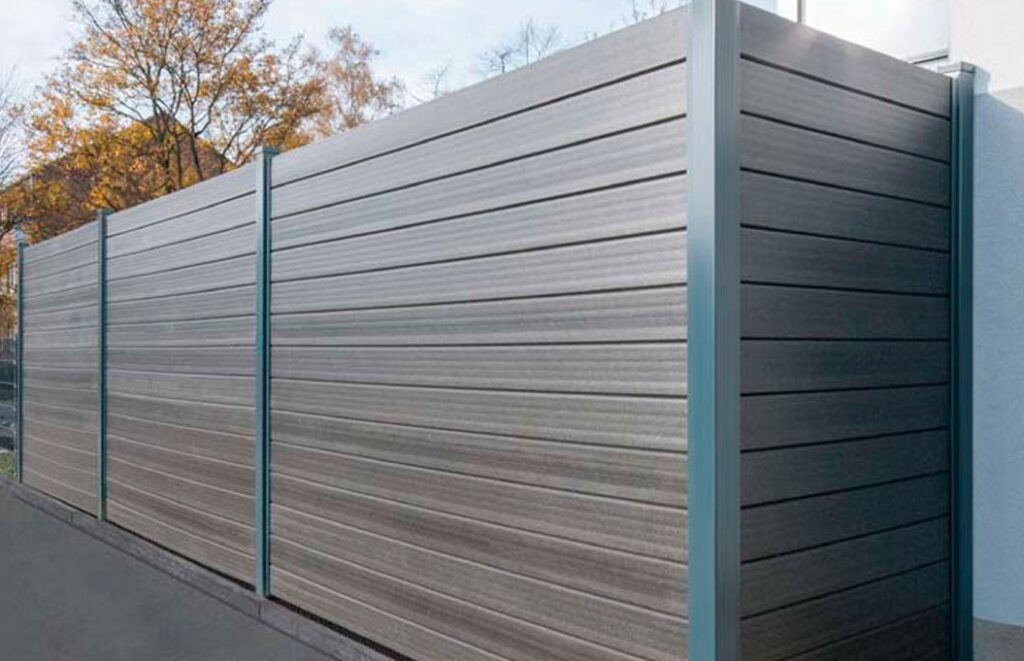
Color: The color of wood-plastic composite materials is completed in the manufacturing stage. In this process, different proportions of colorants are added to artificially control the color of the finished product.However, even wood-plastic products treated with the same colorant will have color differences due to slight changes in the processing process.Use design techniques to exert the influence of color on the crowd, so as to create a coordinated landscape environment. According to the needs of the design, give full play to the color advantages of wood-plastic composite materials, form a rhythm of unity and change in space, and create a good landscape effect. For example, light and clear colors can bring people a relaxed visual experience and a positive mood; darker log colors can also bring people a sense of closeness to natural ecology.
Texture: The texture of wood-plastic composite materials is mainly similar to that of natural wood, and the processing process can also be controlled during the manufacturing process, so that the finished product presents glossy and matte forms. Wood-plastic composite materials can customize the texture and texture of customer needs, control the gloss and shade of the material, and have very rich landscaping potential. However, compared with natural wood, there is no change and imprint given by nature to natural wood. Although the waste of raw materials is avoided, it still lacks some sense of thickness. Even so, in the application of landscape planning, the characteristics of wood-plastic composite materials can still be fully utilized to create a changeable landscape environment.
humanized design
Landscape planning and design often need to consider the landscape supporting design to adapt to human physiological characteristics in order to create the pleasantness of the landscape.Considering the needs of different groups of people, using a comfortable and pleasant size to meet the needs of the human body and creating a humanized landscape environment, this is to make full use of the production flexibility of wood-plastic composite materials to meet the multiple needs of landscape planning and design.
Create a special landscape effect
At present, part of the landscape planning and design lacks new ideas, and the landscape products often have the same effect.In a sense, the effect of overall unity has been achieved, but nature is always ever-changing. The landscape environment is to create the nature around people. Losing the ever-changing nature of the natural environment often makes people feel tired on the senses. The production process of wood-plastic composite materials means that it can make shapes that are difficult to make with natural wood. This easy-to-shape feature can create special landscape effects.
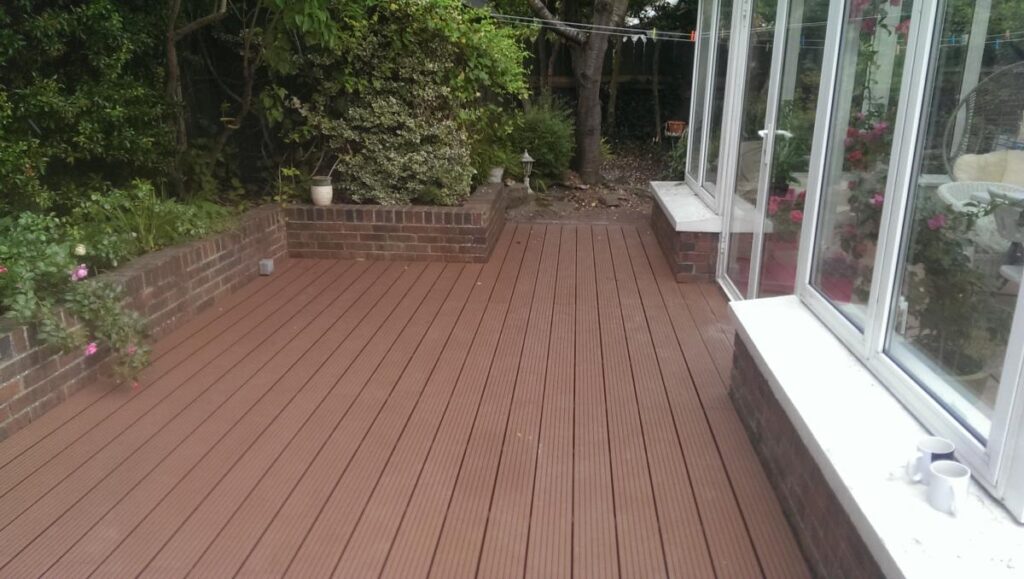
Fusion of high technology
Wood-plastic composite materials can be integrated with 3D printing technology for landscape planning and design. 3D printing requires that the slurry can melt and flow at a relatively low temperature, can be rapidly cooled and condensed, and has a certain degree of solidity after molding. Generally speaking, 3D printing has high requirements on raw materials, and most materials are difficult to meet the conditions of 3D printing, but wood-plastic composite materials can meet the conditions of 3D printing. By adjusting the powder diameter of the raw material and the interface compatibility between wood powder and plastic, the raw material that meets the 3D printing conditions can be obtained, and the 3D printing of wood-plastic composite materials can be realized to achieve high-tech effects in landscape planning and design. . The emergence of wood-plastic composite materials has broadened the field of raw materials for 3D printing, breaking through the limitations of environmental protection in 3D printing, low cost, and degradable, which greatly improves the utilization rate of 3D printing in the field of landscape planning and design. After the technology matures in the future, mass production of raw materials can alleviate the pollution caused by waste plastics to a certain extent, which is very suitable for the green environmental protection required by landscape planning and design.

